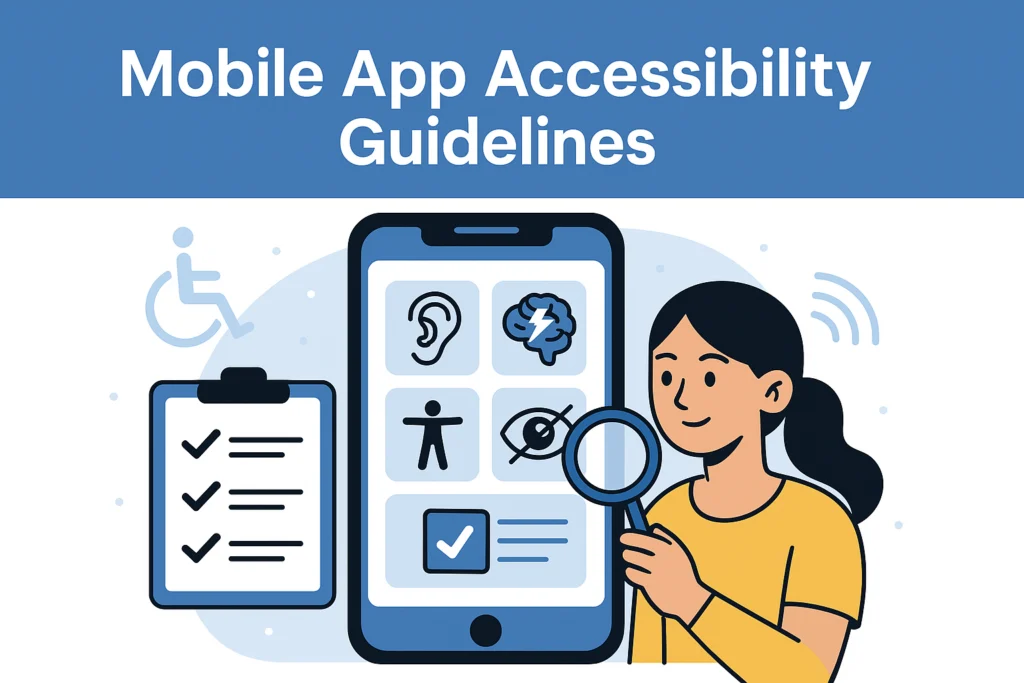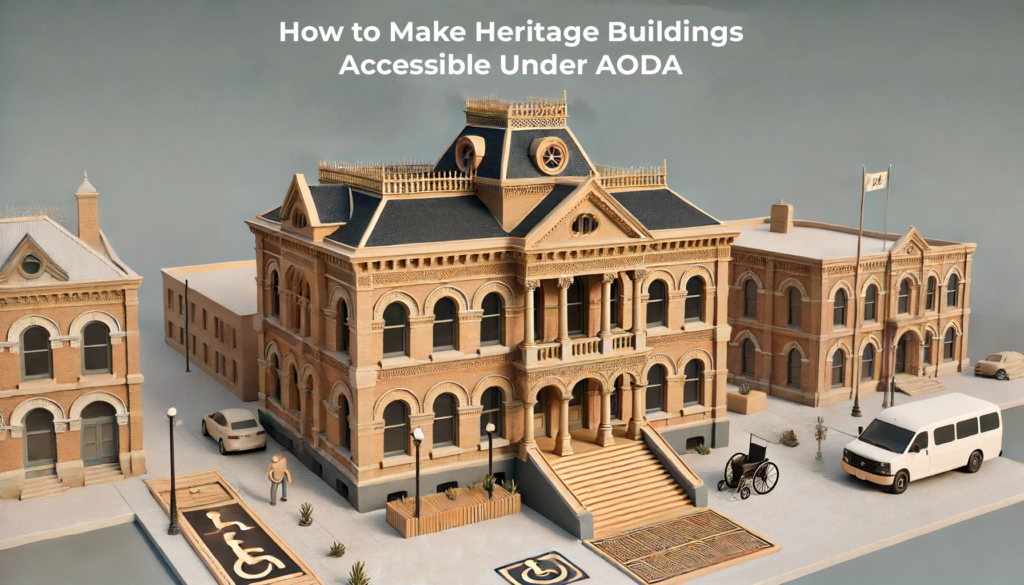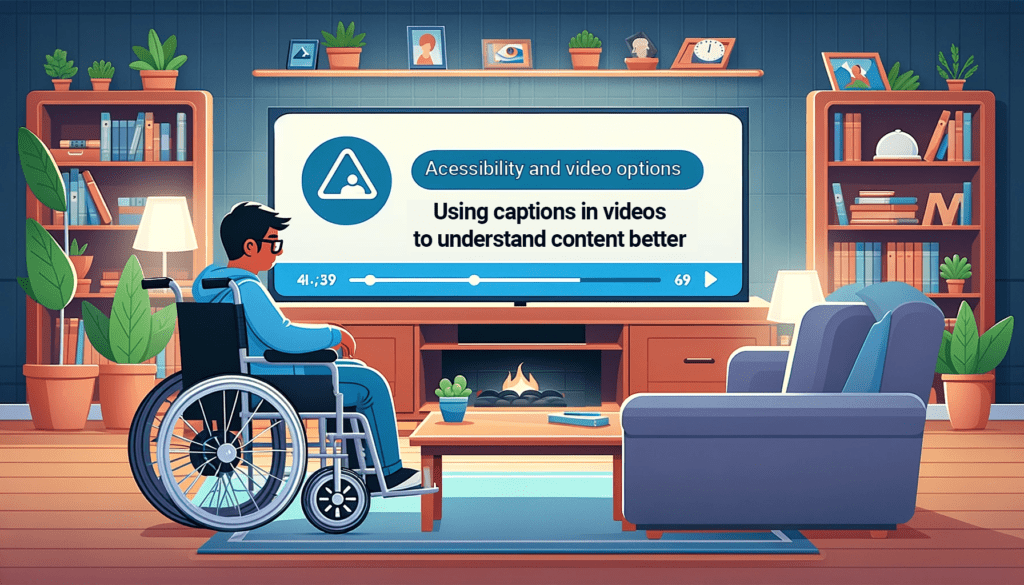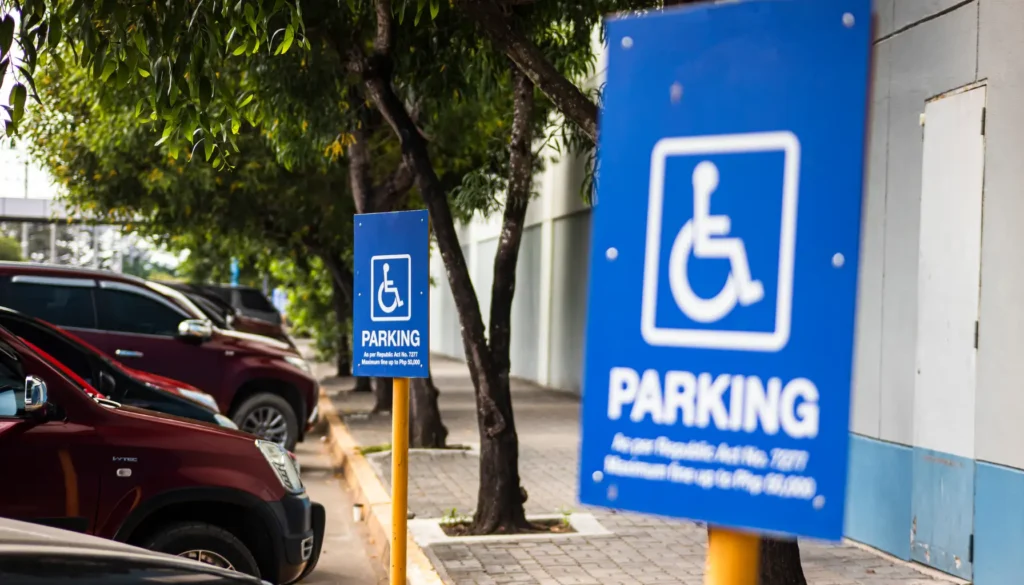In today’s rapidly evolving urban landscape, the integration of accessible features into new and modern buildings has become a standard practice. However, there is often a significant gap in this progressive approach when it comes to our cherished heritage buildings. These historical structures, rich with cultural and architectural significance, frequently lag in accessibility. As we strive for a more inclusive society, it is crucial to explore and implement innovative solutions that make these historic buildings accessible to everyone.










